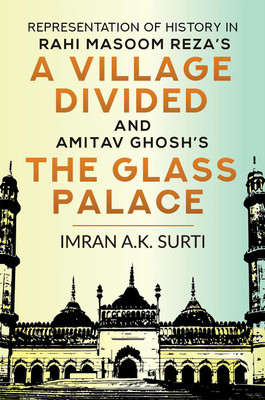REPRESENTATION OF HISTORY IN RAHI MASOOM REZA'S A VILLAGE DIVIDED AND AMITAV GHOSH'S THE GLASS PALACE(English, Paperback, Imran A.k. Surti)
Quick Overview
Product Price Comparison
This study attempts to re-claim the history of people like my mother and her family, who have been the victims of war and violence. It aims at contributing to the on-going interdisciplinary research and debate between history and literary studies, and more precisely, between history and novel. It emphasizes the difference of approach employed by both novel and history in terms of capturing holocaust-like tragedies and their implications. It stresses the need of understanding the historical past as well as contemporary times,not only in terms of collected facts or documentation,but also in terms of storiesŌĆöboth individual and collective, both oral and written. It is indispensable to take the help of novel in order to make complete sense of the available historical materials. It also attempts to understand whether history and novel share a seamless, complementary relationship as major narratives or not. Most importantly, it aims at filling the innumerable gaps in the official text of sub-continent history, particularly India and Burma, and thereby, to make history free from being unilateral, hegemonic, and conclusive. It foregrounds those voices that have either been marginalized, subdued or evaded. It calls for the subaltern reading of history which looks at history from below [victimŌĆÖs view] and questions or de-centers the view from above [victimizerŌĆÖs view]. Thus, succinctly questions the canonical significance and hegemony enjoyed by history over literature as a discipline.


